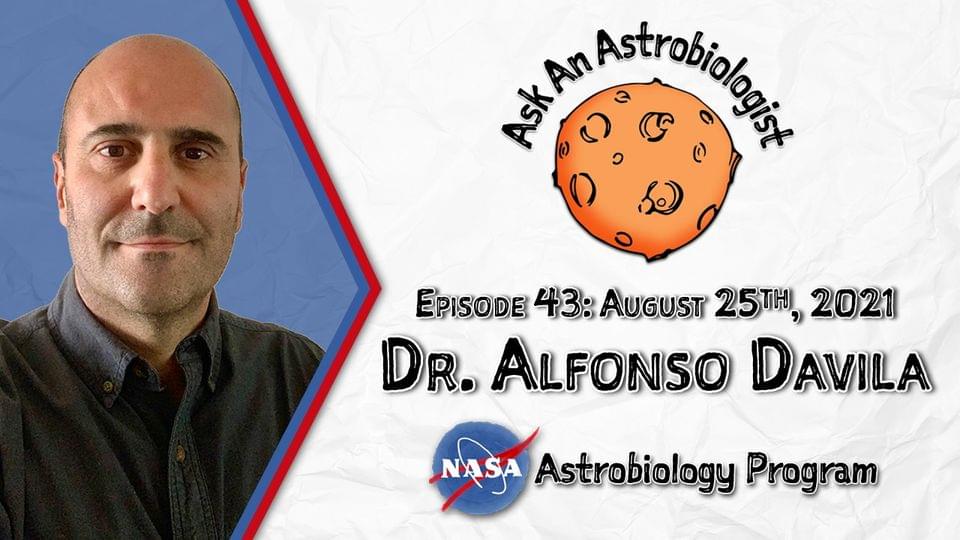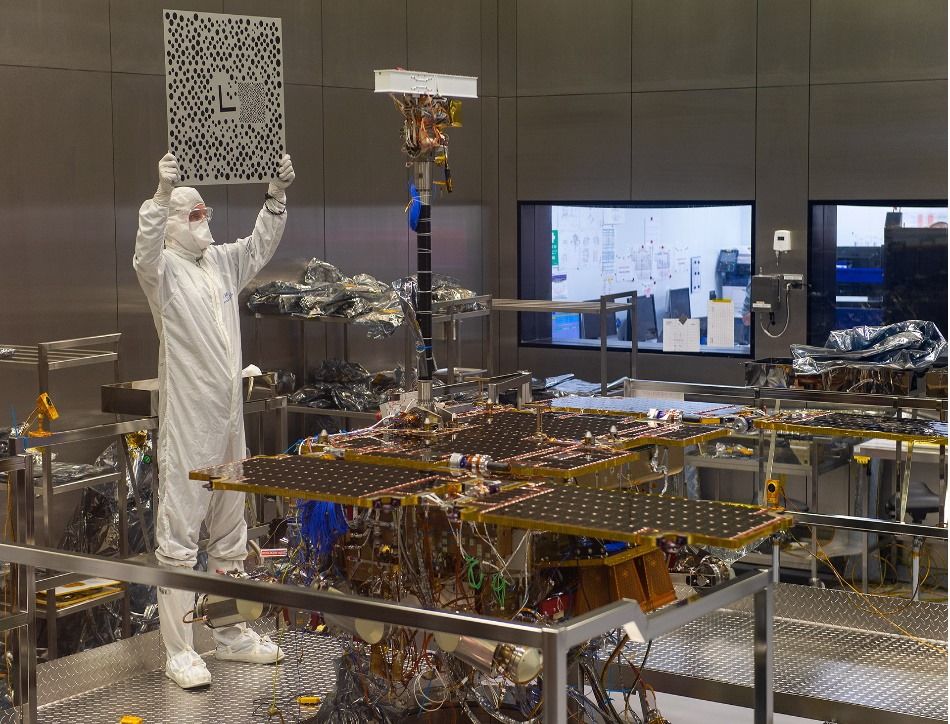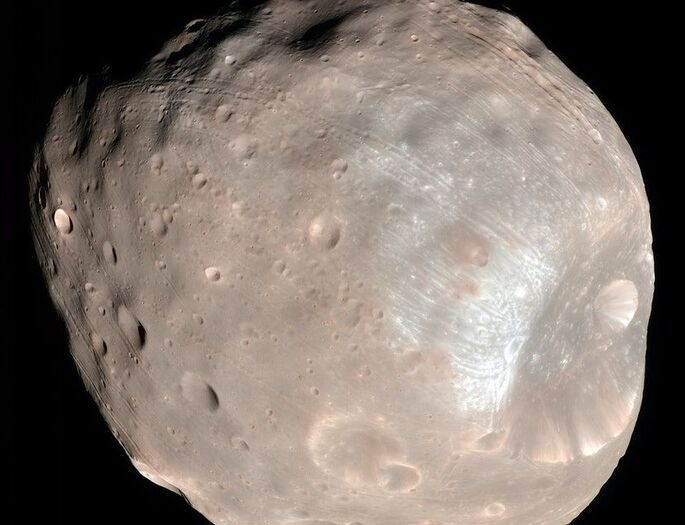New definitions of “habitable worlds” could include planets with global oceans under a steamy hydrogen atmosphere or exclude ones that started out habitable but lost all their water.



The James Webb Space Telescope is scheduled for launch on October 31. It will help scientists hunt for alien life on exoplanets and look to the beginning of time.

Some highly speculative ideas how life may spread in the galaxy, for more info see.
There is even more to the astrobiological potential of rogue planets, however. Not only could they hold microbial life bottled up in their subsurface, they may be able to distribute life throughout the galaxy. In our paper we suggest two ways that this kind of panspermia might occur.
If a wandering planet passes close to a habitable rocky planet within a solar system, the outer layer of the rogue planet might be torn apart by gravitational disturbances, and the resulting debris could end up on the habitable world. Dormant life that had been trapped in the icy shell of the rogue planet may become active again and establish a biosphere on the receiving planet.
Alternatively, the two planets could collide, or come close to colliding. This is generally believed to have a sterilizing effect, as when a Mars-sized object (probably a rogue planet!) collided with the early Earth, resulting in the creation of our Moon. But the distribution of energy and matter during such an event would be very uneven, and some localities might not experience temperatures high enough for sterilization. A common atmosphere may even form, which I think was the case for early Earth and Moon shortly after the cataclysmic impact. Some (dormant) microbial life may survive suspended in such an atmosphere for a long time, before eventually settling down when the surface has cooled off and become more habitable again.
The European Space Agency (ESA) and Roscosmos are preparing for the2022launch of the next mission in their joint ExoMars program, which is currently undergoing final testing before shipment to Kazakhstan for a launch in September next year.
The2022astrobiology mission will see the long-awaited Rosalind Franklin rover land on Mars with the help of the Russian Kazachok lander. The lander will also perform experiments on the Martian surface after deploying Rosalind Franklin as the two craft work together to search for signs of past life on the Red Planet.
After construction delays, missed Martian transfer windows, and the COVID-19 pandemic, Rosalind Franklin, Kazachok, and the other ExoMars2022mission systems have been completing important testing milestones ahead of shipment to Kazakhstan for launch on a Proton rocket next year.

Wed, Aug 25 at 9 AM PDT.
Please join us for a new episode with Dr. Alfonso Davila, an astrobiologist at NASA Ames Research Center! His research focuses on the biological and biosignature potential of terrestrial environments considered to be analogous to extraterrestrial environments, and using that knowledge to develop strategies to search for evidence of life beyond Earth.
This program is an interactive talk show where our guest will answer questions from our host, Dr. Graham Lau, as well as questions submitted via Twitter, Facebook, and SAGANet chat. For more information, visit the official website of Ask An Astrobiologist at astrobiology.nasa.gov/ask-an-astrobiologist.
Scientists at NASA have adjusted their forecast of an Empire State Building-sized asteroid it predicts could potentially smash into the planet.
Have you ever heard of the phrase “life imitates art?” Well, two scientists are out to prove that science is not exempt. Or, at least, it shouldn’t be. Taking a cue from Star Trek, scientists Dr. Hal Fearn and Dr. Jim Woodward are attempting to build an “impulse engine” to make interstellar travel possible in a human lifetime.
In the Star Trek universe, impulse engines are used to provide a high thrust for a short period to break out of the orbit of a planet or moon. Which also speeds up interstellar travel and allows the team to “boldly go where no man has gone before.” Without that, we probably wouldn’t have a Star Trek franchise or the millions of space-dreaming fans it has accrued. But sadly, space travel is eons behind the sci-fi franchise.
According to Fearn, it would take about fifteen to sixteen thousand years to travel to Earth’s nearest star. So unless real vampires are roaming the world, it’s doubtful that interstellar travel will be reached during any human’s lifetime.

Sun, Jul 11
This event is part of Summer Science 2021.
The ExoMars rover is due to launch in 2,022 and will travel across Oxia Planum on Mars drilling for signs of life.
Join Professor John Bridges of the University of Leicester and colleagues to explore the advanced engineering and UK led science behind this exciting mission, and how researchers hope to check if there was once ancient life on Mars.

NASA has selected two missions, dubbed DAVINCI+ and VERITAS, to study the “lost habitable” world of Venus. Each mission will receive approximately $500 million for development and both are expected to launch between 2,028 and 2030.
It had long been thought there was no life on Venus, due to its extremely high temperatures. But late last year, scientists studying the planet’s atmosphere announced the surprising (and somewhat controversial) discovery of phosphine. On Earth, this chemical is produced primarily by living organisms.
The news sparked renewed interest in Earth’s “twin,” prompting NASA to plan state-of-the-art missions to look more closely at the planetary environment of Venus—which could hint at life-bearing conditions.

Why an upcoming mission to Phobos may reveal something spectacular.
Both NASA and the European Space Agency are operating or planning major missions to — and back from — the Red Planet in a hunt for signs the once wet planet also hosted microbial life forms.
But it’s possible the best place to look for life on Mars isn’t on Mars at all.
In a new perspective published Thursday in the journal Science, Japan Aerospace Exploration Agency (JAXA) scientists Ryuki Hyodo and Tomohiro Usui explain why JAXA believes the Martian moon Phobos could provide a unique opportunity to assess whether Mars ever contained life, and how the space agency’s upcoming Martian Moons eXploration (MMX) mission plans to test that hypothesis in 2024.